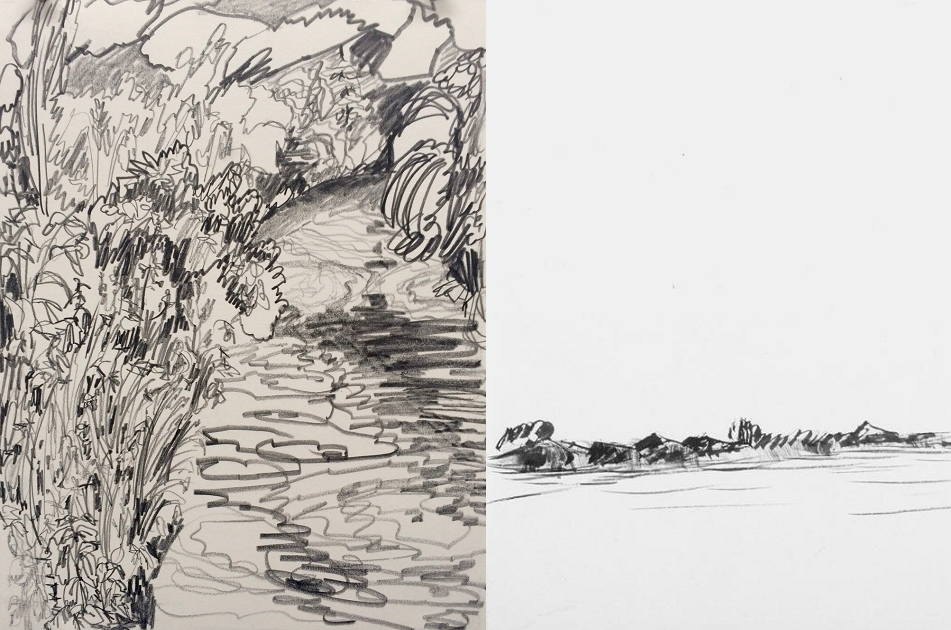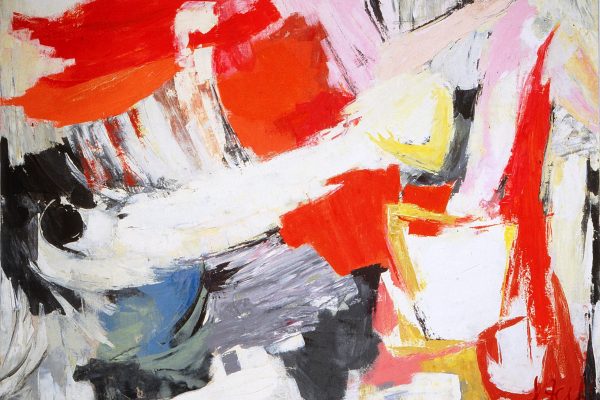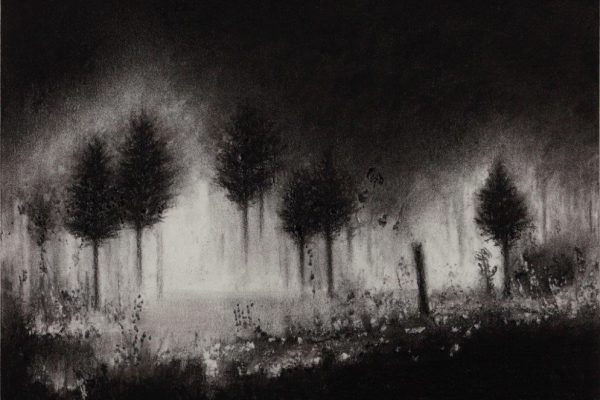
2017-07-14
IMMERSION / ABSORPTION – Marjolijn van den Assem meets Henk Chabot
The outline retrospective IMMERSION / ABSORPTION explores the connection between significant points in the oeuvre of Van den Assem (Rotterdam,
1947) and Henk Chabot (1894-1949)from the intense view of the artist.
With unprecedented devotion the Rotterdam-born artist Marjolijn van den Assem works constantly on a consistent oeuvre. She follows her inquiring mind with great determination. Time and time again and in a surprising and refreshing way, she manages to turn this into engaging images in a truly unique visual language: paintings, drawings, three-dimensional work. The sources of her inspiration are philosophy (almost forty years’ study of the work of Friedrich Nietzsche) and nature.
She directly and sensually identifies with her subject matter. Today, her work has been acquired by many Dutch museums and is represented in important private collections.
Just like Chabot, Van den Assem works in situ – in the countryside – as a basis for “looking” and as “training for the hand”. It is here that she follows the rate the water flows and the speed of the clouds with pencil, ink and paint. For both artists the memory of the landscape is a guide and a mainstay.
For both Van den Assem and Chabot, however, ‘thinking back on’ or ‘restoring’ the experience of the landscape in the intimacy of the studio is a guide and a mainstay. Not the landscape itself but the memory of THE landscape, the memory of its intangible unruliness, spurs each of the artists on to the inspired representation in a creative process. A unique and resolute attempt is made to reveal something of this amazement to the viewer. Freely adapted from Nietzsche the process of immersion (by the artist) becomes the truth (for the viewer).
Based on the wish and need to get close, for the necessary process of immersion and absorption, a deliberate decision was made when putting together the exhibition to show works from Marjolijn van den Assem’s own archives; the so-called ‘hidden’ works as these are generally referred to; the works that were produced from her own studio, storage and home and that were often a totally surprising (re)discovery. Works that could be said to be predestined for the presentation intended as an overview of significant artistic moments in what is by now a long and rich career as an artist. Works, too, that the artist likes to keep close to her as trophies, which can be viewed as a consolidation and result of a process and most of which have, probably for this reason, never been seen before.
Chabot’s works that enter into the artistic conversation with these works by Van den Assem, can be regarded as representing a broad and varied oeuvre and for this same reason primarily come from the collection of the Chabot Museum Rotterdam.
Van den Assem is able to passionately and enthusiastically convey her un-compromising quest into visualizing experiences and observations, in words and personally, but ultimately in her visual work. It enables her to inspire people and take them with her into her world of art. This is also conveyed in her admiration of and choice of the work of Chabot: ‘My vision of Chabot has come to me via many layers of paint. The resolution and obstinacy in his paintings continually gave me new things to think about. I read his handwriting, recognised the hard-won experience and the jubilation, and felt at home.’




